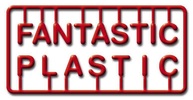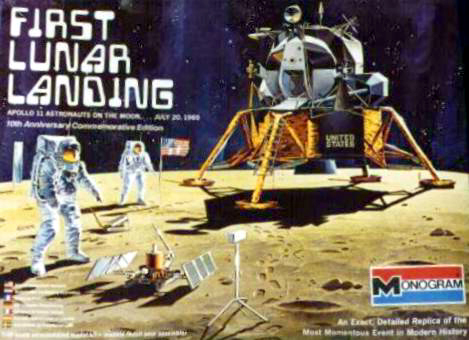Apollo 13 (1970)
About the Design
On April 11, 1970, NASA launched Apollo 13, the third manned mission to the lunar surface. The dual-spacecraft system was identical to that of the previous two Apollo missions, consisting of a cone-shaped command/return module, cylindrical service module, and spider-like Lunar Model (LM) to be used for the actual lunar descent/ascent.
But approximately halfway to the moon, during a routine maintenance operation, a spark caused an explosion in Oxygen Tank No. 2, blowing off one of the service module's side panels and causing the craft to lose oxygen, water, electrical power and use of its propulsion system. With the help of Mission Control, the crew was able to save themselves by moving into the two-man Lunar Module and using it as a "lifeboat" while the spacecraft swung around the moon and returned to earth. The crew then transferred back to the command module and successfully separated from the critically damaged service module for the return to terra firma. |
About the Kit
This model of the post-accident Apollo 13 spacecraft was cobbled together out of the command and service modules that came with Revell's somewhat simplified 1/48-scale Apollo Lunar Spacecraft set (#H-1838) and Monogram's 1/48-scale LM from its First Lunar Landing kit (#6872). The Revell kit was designed with a hinged panel that could be opened to reveal the service module's interior; as it happened, this was the very same panel that blew off during the Apollo 13 mission, making this model possible. "Damage" was simulated using a simple cigarette lighter and pieces of picture-hanging wire.
This is actually one of the oldest models in the Fantastic Plastic collection; both models were built immediately after the Apollo 13 mission in mid-1970. Both models are original issues. |



